| Published in Attractions / Places of Interest |
Church of St Mary the Great, Cambridge, England
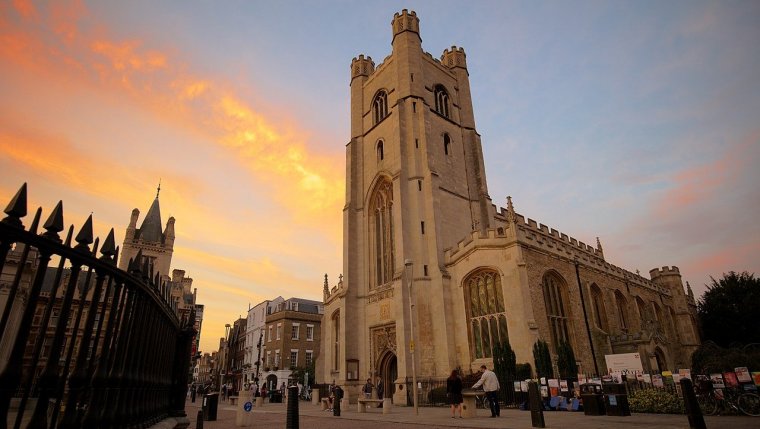
Church of St Mary the Great, Cambridge, England. ![]()
St Mary the Great is a Church of England parish and university church at the north end of King's Parade in central Cambridge, England. It is known locally as Great St Mary's or simply GSM to distinguish it from "Little St Mary's". It is one of the Greater Churches.
In addition to being a parish church in the Diocese of Ely, it is the university church for the University of Cambridge. As such it has a minor role in the university's legislation: for example, university officers must live within 20 miles of Great St Mary's and undergraduates within three. The church also hosts the "University Sermons" and houses the University Organ and the University Clock. The latter chimes the "Cambridge Quarters" which were later used by the clock tower of the Houses of Parliament ("Big Ben").
The first mention of the church is a record of King John presenting Thomas de Chimeleye to the rectory in 1205. The first church on the site of the current one was built in 1205, but this was mostly destroyed by fire 9 July 1290 and then rebuilt. Prior to 1352, it was known as The Church of St Mary the Virgin, but since that year has become known by its modern name.
During its early years, the church was the property of the crown, but on 15 July 1342, the land was passed to King's Hall. Ownership then passed to Trinity College, where it has rested since.
The orders for the consecration of the new church were sent out on 17 May 1346, but were not enacted until 15 March 1351.
In the Middle Ages it became an official gathering place for meetings and debates for Cambridge University, but this ceased in 1730 when the University's Senate House was built across the street.
The present building was constructed between 1478 and 1519, with the tower finished later, in 1608. The cost of construction was covered largely by Richard III and Henry VII.
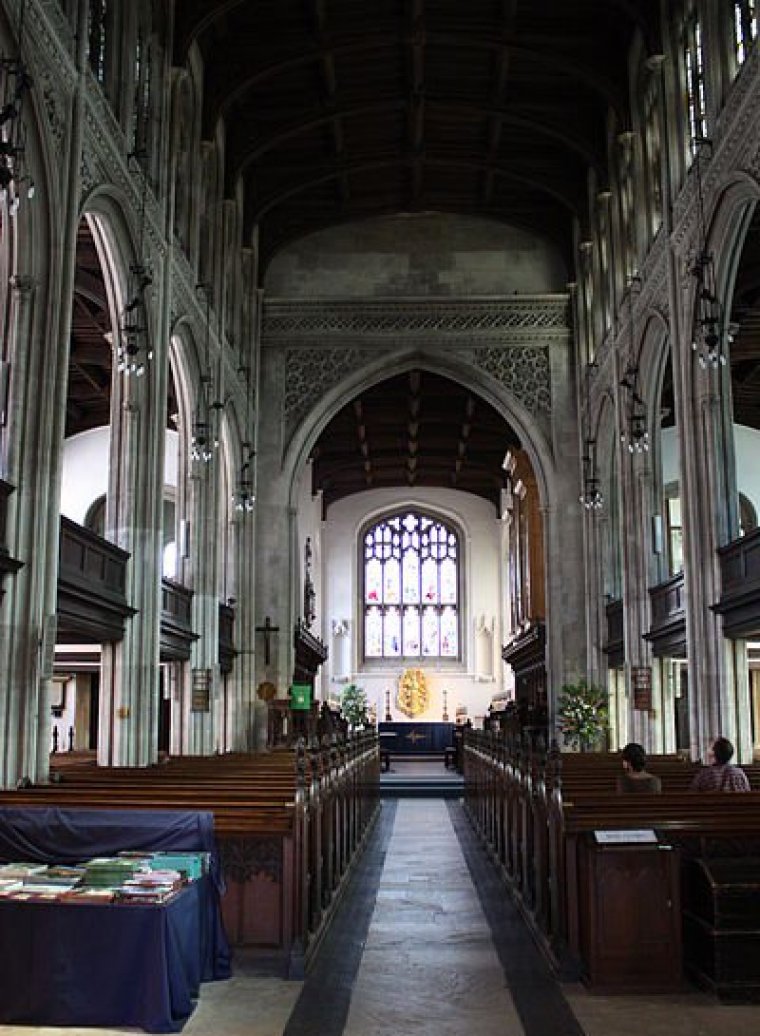
Church of St Mary the Great, King's Parade, Cambridge. ![]()
The church was restored by James Essex in 1766. In 1850–51 a restoration was carried out by George Gilbert Scott, followed by further work by Anthony Salvin in 1857. The south porch was rebuilt in 1888. There has been some more restoration work during the 20th century.
Originally, bells were hung in a wooden structure in the churchyard. In 1515 the bells were moved to the tower and the structure was dismantled. The bells were replaced in 1722 and in 1724, the Society of Cambridge Youths was formed to formalise the responsibility for ringing them. This society lays claim to being the oldest bellringing society in Britain and the second oldest at any church in the world with a continuous ringing history.
In 2009 the old ring of bells was replaced with a new ring cast by Taylors Eayre and Smith Ltd, made possible by a donation from Dr Martin C Faulkes. The new ring of 13 bells in the key of D (including a flat 6th providing a lighter ring of 8 bells in the key of G) has a tenor weighing 24cwt. Some of the original bells have been retained to continue sounding the Cambridge Chimes.
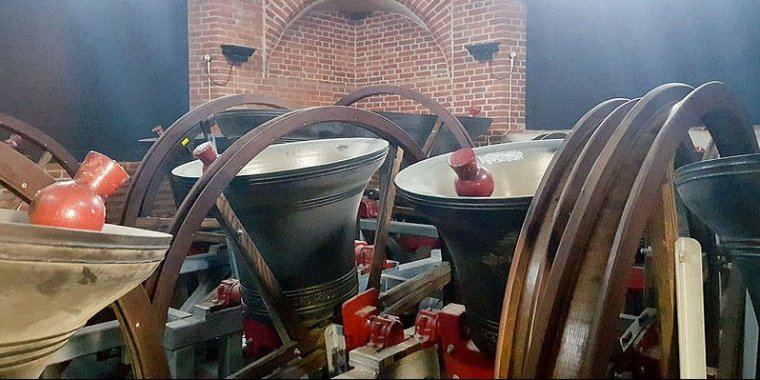
Bells of Great St Mary's, Cambridge. ![]()
St Mary the Great is unusual in housing two self-contained pipe organs, a 'Parish Organ' in the Chancel for the regular congregation, and another in the West Gallery, called the 'University Organ', owned and maintained by the University, and played for University services.
The University Organ was originally purchased in 1698, constructed by the renowned organ builder 'Father' Bernard Smith. It was added to over the 18th and 19th centuries until a major (yet sensitive) rebuild was carried out by William Hill in 1870.
The organ saw further work in 1963 from Hill, Norman and Beard (again remarkably sensitive for the time) and was extensively restored in 1995 by Mander Organs, and rededicated on 30 January 1996. It is a noted historic instrument, a significant monument to the work of William Hill, and, in addition, likely the largest repository of Father Smith pipework in a single instrument.
The Parish Organ was built in 1991 by Kenneth Jones and Associates. It replaced an earlier instrument by Miller of Cambridge (one time organist of Great St Mary's) dating from 1869.
Senate House Hill, CB2 3PQ. The Church is open 10am – 5pm every day. Sunday services are at 8 am, 9.30 am, 11.15am, and 5.30 pm. The entry is free. Is on the market square opposite King's College. As well as viewing the beautiful nave, visitors can climb the bell tower (admission £2.50) for spectacular views over the town.
Sources
• www.wikivoyage.org
• www.wikipedia.org
YOU MAY ALSO LIKE
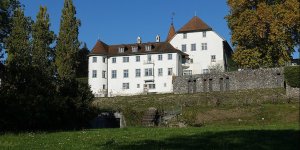




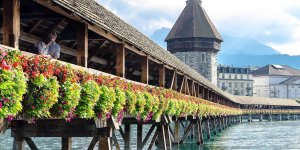
 If you own or manage a travel-related business such as a hotel, a bed-and-breakfast, a restaurant, a pub or a cafeteria, you can create a web page for your business for free on Titi Tudorancea Travel Info. » |